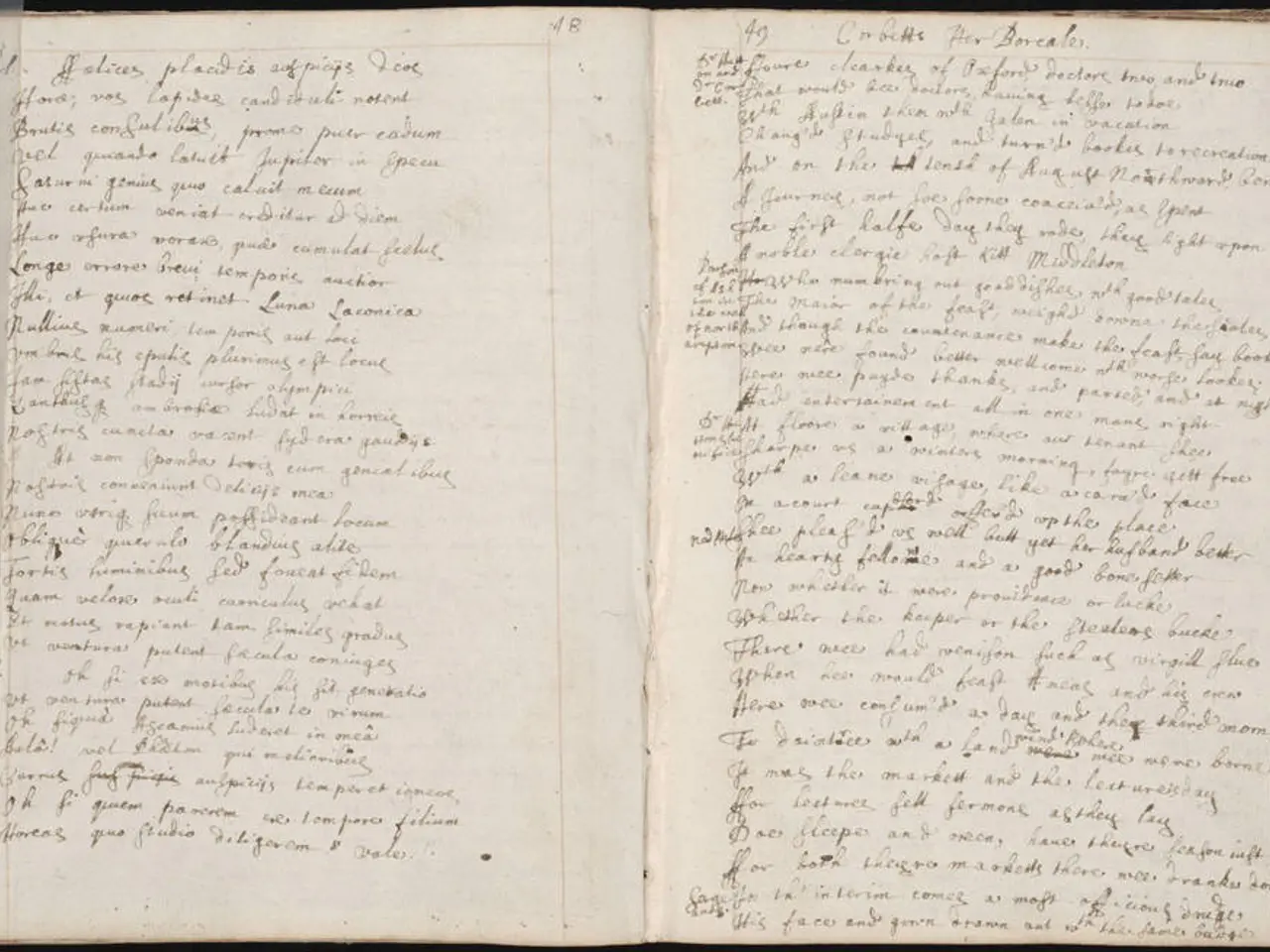Carnegie's Libraries: A Lesson for Today's Data Divide
In an era of information abundance, access to data is paradoxically becoming restricted. While calls for digital sovereignty lead to data localization laws, the private sector treats data as a proprietary asset. Meanwhile, Andrew Carnegie's philanthropic legacy of libraries, built over a century ago, stands as a testament to knowledge as a public good.
Between 1880 and 1930, industrialist Andrew Carnegie spent nearly $60 million (around $2.3 billion today) to construct a global network of 2,509 libraries. His goal was to make knowledge accessible to all, a vision that resonates today. Institutions like the German and Swiss National Libraries, along with Stanford Library, are reviving this idea by running AI library projects. Major library system providers and consortia like the DFN are also facilitating shared infrastructure and strategic licensing within a federated ecosystem.
Contrastingly, in the present day, data is increasingly seen as a proprietary asset in the private sector. This mindset, coupled with rising calls for digital sovereignty leading to data localization laws, is eroding access to data. Governments, corporations, and institutions impose restrictions, making data largely accessible only to a small corporate minority.
Carnegie's libraries, many of which still stand, were a response to the information inequality of his time. Today, as data becomes the new currency, we face a similar challenge. To ensure knowledge remains a public good, we must learn from Carnegie's example and strive for a balanced approach that respects digital sovereignty while promoting open data access.
Read also:
- Deadly addiction: strategies for smoking cessation to live longer
- Magnesium-Rich Beverages: Origins, Advantages, and Potential Hazards
- Chinese Rare-Earth Mining Endangers the Mekong River's Integrity
- Deteriorating munitions are submerged in the Baltic Sea, and Germany aims to retrieve them before it's too late.







